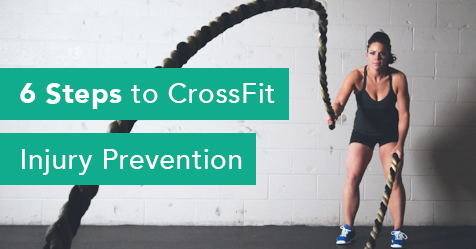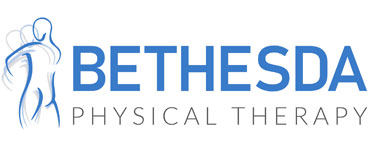By Nadia Jones, DPT, SCS resident, Tuscaloosa (University of Alabama Rec Center)
 CrossFit is a fitness routine consisting of a variety of functional movements, including power lifting, gymnastic-like movements, cardio training and plyometrics (jump training).
CrossFit is a fitness routine consisting of a variety of functional movements, including power lifting, gymnastic-like movements, cardio training and plyometrics (jump training).
The cornerstone of CrossFit is the workout of the day, or WOD, which varies to put participants on the path to “general physical preparedness.”1
WODs can be performed as fast as possible for time or for as many reps as possible. The duration can be fewer than three minutes or greater than an hour depending on the programming and purpose of the workout. WODs can be performed as prescribed (Rx) or scaled to the participant’s abilities.
Because of perceived injury risk, CrossFit often has been seen as the black sheep of the fitness and sport industry by many in the medical community. Although the level of CrossFit injury risk is debated in medical literature, one thing is certain: There is an inherent risk of injury in all sports. Even golfers can suffer debilitating back or elbow pain that can keep them out of the game.
Some of the most commonly reported CrossFit injuries are to shoulders and backs, deriving from gymnastic-type movements and power lifts, respectively.2 Not only should coaches be aware of this, but participants should consider the potential for injury as they decide whether to perform a WOD Rx or scaled.
Meanwhile, here are six steps you can take to reduce CrossFit-related injury risk:
- Attend a CrossFit gym (also known as a “box”) that provides coaches who supervise and are attentive to participants.2
- Leave your pride at the door. You might dominate some WODs and struggle with others. Understand your strengths and weaknesses and talk to your coach about scaling your WOD to best fit your needs and the fitness goals of the workout.
- Choose a CrossFit affiliate that best fits your needs. If you are an experienced powerlifter, you may find a competitive gym to be your best fit. If you are a novice to CrossFit or even to working out, a better fit might be a gym that has a more extensive foundations program. These usually are initiated early on to introduce skills and lifts that are inherent to CrossFit workouts. It is important to have your fundamentals down early to reduce bad habits down the road.
- Focus on form. It is easy to get caught up in the excitement of “winning” the WOD, but if you are performing reps to fatigue incorrectly, you are putting yourself at risk for injury.
- Incorporate rotator cuff strengthening and core-stabilization exercises into a weekly routine to reduce the risk of shoulder and low back injuries. If your gym doesn’t offer a guided routine, consider performing one before or after a WOD at least two to three times per week.
- Don’t skimp on mobility drills as flexibility from head to toe is important for all CrossFit workouts. That is, you need good thoracic mobility to perform overhead lifts and to reduce your risk of a shoulder injury). If you are considering a CrossFit gym but have a past medical history of orthopedic injury/surgery, a cardiovascular condition or other comorbidities, talk to your doctor before joining.
If you already belong to a gym, a physical therapist can perform a fitness screen to assess your strengths and weaknesses and educate you on how to bridge the gap in your performance. Drayer Physical Therapy Institute offers an injury prevention screening program carried out by physical therapists in and outside of the clinic.
References
1. http://journal.crossfit.com/2010/04/varied-programming.tpl
2. http://journals.sagepub.com/doi/pdf/10.1177/232596711453
